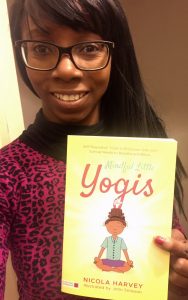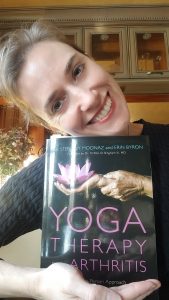
Supportive Teaching for People with Developmental Trauma in the Yoga Class
This article is adapted from The Yoga Teacher Mentor: A Reflective Guide to Holding Spaces, Maintaining Boundaries, and Creating Inclusive Classes, which will be published by Singing Dragon in January 2019.
Developmental trauma (also known as complex trauma) is more common than is generally assumed and often undisclosed at yoga classes, even where it’s asked about on student intake forms. Most often, you will gradually become aware of the signs of developmental trauma through observing how your student is (or isn’t) in their body, the kinds of connection they are able to make and sustain with you as teacher, and how they relate to the group at large.
Developmental trauma generally begins very early in life, sometimes before birth and often prior to the development of language and cognitive thought, and is a response to childhood experiences such as neglect, abandonment, and/or physical or sexual abuse. The severity of the consequent trauma response depends to a large extent upon whether any trustworthy and caring adult – teacher, grandparent, older sibling, foster-parent – was available to the child. Recovery is generally much harder for those with whom no one formed a genuine, altruistic and nurturing bond.
Successfully resolving developmental trauma is a slow and challenging process, but it is possible, given appropriate forms of therapy (these are different from the types of therapy useful for working with PTSD or one-off trauma). Without therapeutic intervention, the effects of developmental trauma usually persevere into adulthood, profoundly affecting the person’s physical and mental well-being, cognition, capacity for meaningful relationship, and ability to live in and from their present-moment embodied experience. Continue reading
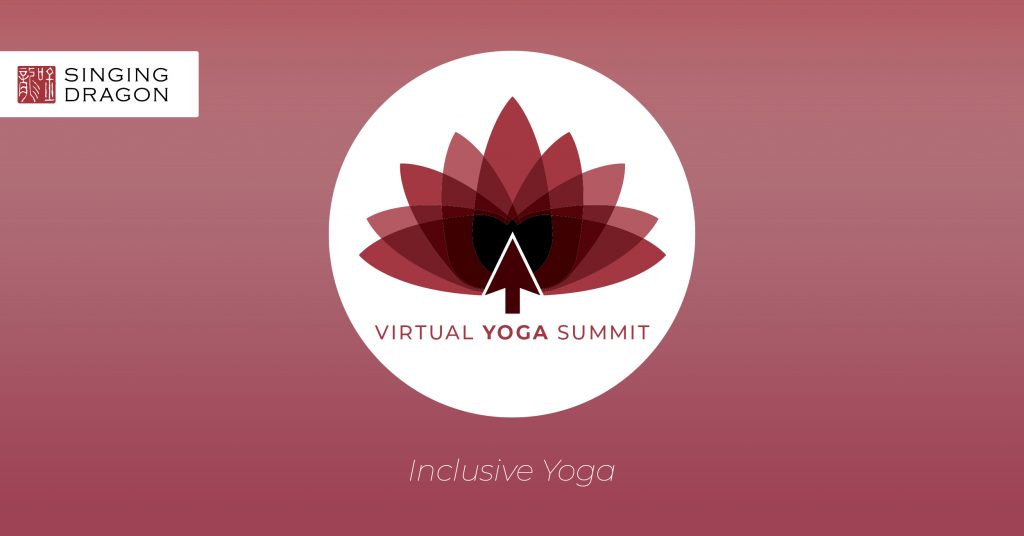 Welcome to Singing Dragon’s first-ever Virtual Yoga Summit, a digital event celebrating inclusivity in yoga and yoga therapy with the help of a carefully curated panel of experts and authors. This blog will be the central hub to our event, so do keep checking back to access all content, including videos, articles and podcasts. For scheduled live events, please head over to the
Welcome to Singing Dragon’s first-ever Virtual Yoga Summit, a digital event celebrating inclusivity in yoga and yoga therapy with the help of a carefully curated panel of experts and authors. This blog will be the central hub to our event, so do keep checking back to access all content, including videos, articles and podcasts. For scheduled live events, please head over to the 
 Would you like to receive our full Singing Dragon catalogue for new and upcoming titles in 2019/2020? Fill out the form below, and remember to tick at least one interest code.
Would you like to receive our full Singing Dragon catalogue for new and upcoming titles in 2019/2020? Fill out the form below, and remember to tick at least one interest code.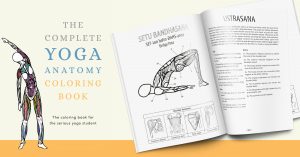
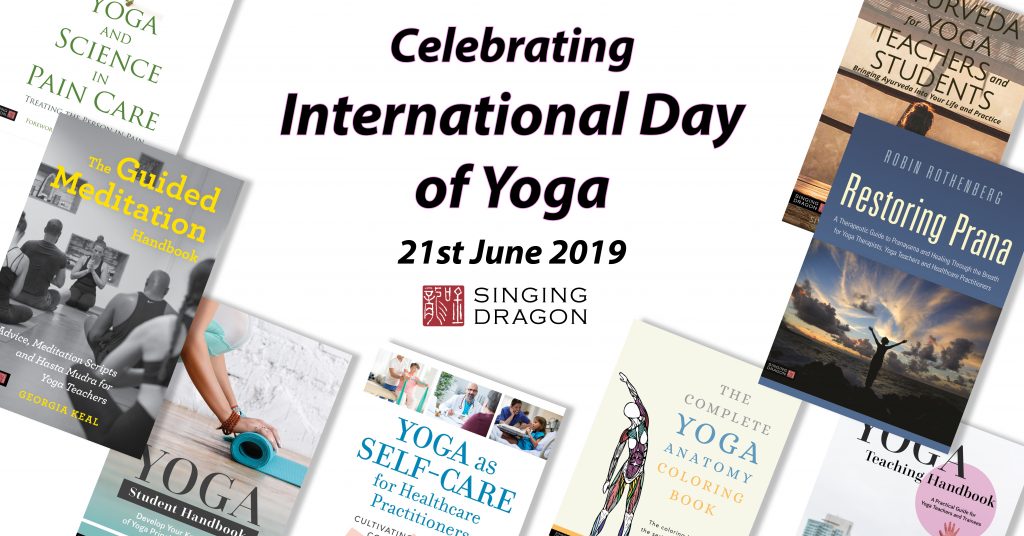 International Day of Yoga takes place across the globe on the 21st of June 2019. Many yoga teachers and studios will be offering free classes and events to help raise awareness worldwide of the benefits of practicing yoga. To celebrate, we have collated a reading list to support students and teachers in their practice, as well as those looking to incorporate yoga into their day-to-day lives.
International Day of Yoga takes place across the globe on the 21st of June 2019. Many yoga teachers and studios will be offering free classes and events to help raise awareness worldwide of the benefits of practicing yoga. To celebrate, we have collated a reading list to support students and teachers in their practice, as well as those looking to incorporate yoga into their day-to-day lives.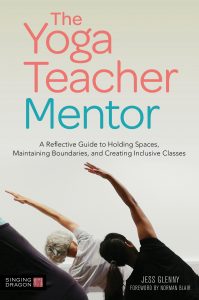
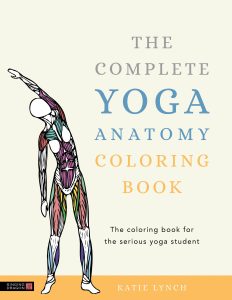
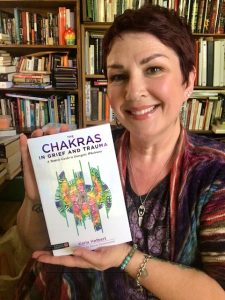 Karla Helbert, author of
Karla Helbert, author of 